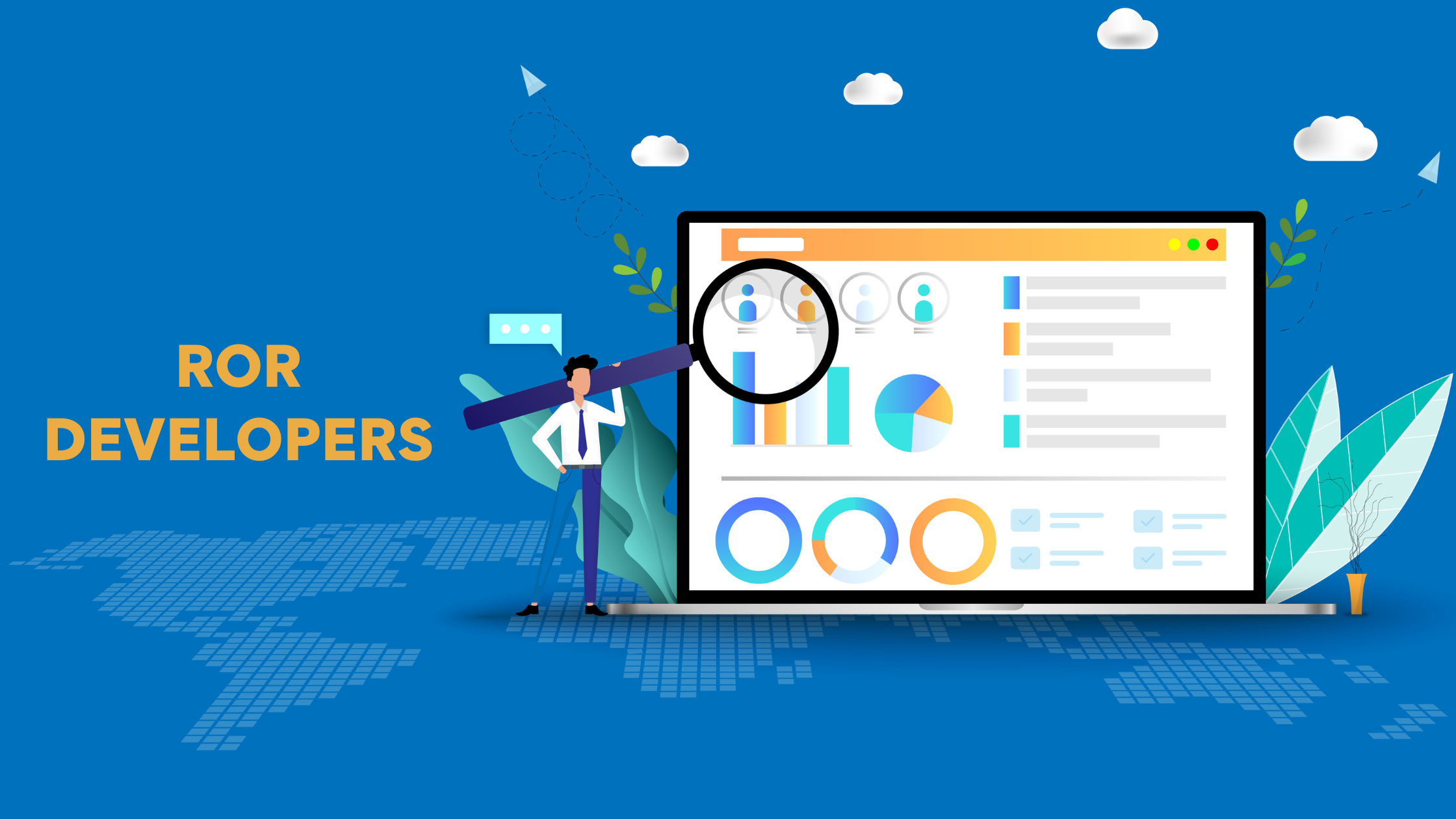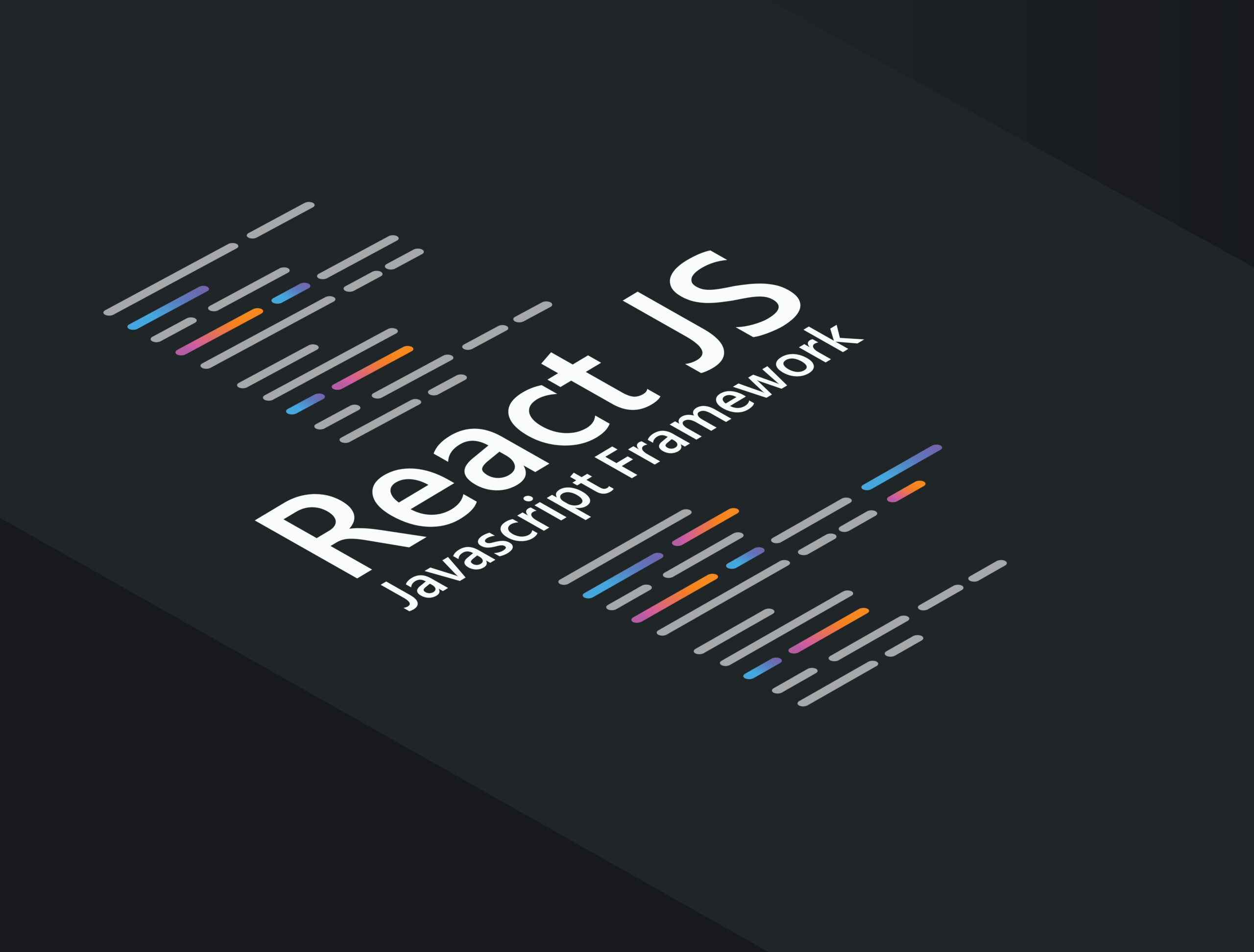API is the key that allows data sharing and retrieving between two applications, without them, the software products are just a plug with no electric socket to conduct conventional flow, hence APIs are the most important part of the software applications. As there is a huge demand for different fields of software development jobs worldwide many youngsters are considering them as a possible career option and if you are one of them, we know that you may have heard this API word least often, as you move ahead in your software development career you will hear this word every single day. As there are so many APIs with unique features and functionalities you have to get aware of them and hence to elevate your knowledge as a developer we have made this article in which we will thoroughly discuss on 5 best API integration tools for developers in 2022.
What is an API
An API(Application Programming Interface) is a tool that allows the software to communicate, share and retrieve data from other applications, you can say they act as a medium that enables softwares to share information and communicate with each other using specific codes.
To have a greater understanding let’s look at an example- you must be aware of some of the hotel booking services that lets you know the different hotel rooms with their prices and other specialities, but have you ever thought about how do they collect information of every other hotel rooms, do they personally call these hotels to get aware of their rooms? and constantly keep updating those? well no as it’s a tedious task and the services may run into troublesome situations. Then how do they operate? Well, these hotel booking website services contain an API that collects information regarding available rooms from various hotel websites, so they can enlist different hotels and their room prices in a particular order. This way a user can find his favorable suit within minutes.
Different Types of APIs
Before we move ahead to the list of API integration tools, let’s look at some different types of APIs, for which business solutions they are used and many more things, so you can understand each point deeply and decide which one is the best for your needs.
1. Public APIs
As the name suggests a public API is publicly available for developers and other users with minimal restrictions, like every other interface it may require registration, and API keys, or they may be open for everyone.
Public APIs depend on external users to access data or services, for example, public APIs from Twitter and Facebook that you can access with the use of an API key. Other examples of public APIs are weather forecast apps, financial apps and streaming services, these however are not as secure as compared to other APIs as they can be accessible by anyone with the API key.
2. Internal/Private APIs
Internal or Private APIs are the end point of any organization to leverage their business objectives by collecting and transferring relevant data. These APIs are specially built for internal business operation among the teams in any organization, hence they are able to share the data among different departments and build models strategically to obtain greater benefits. Only people working for that particular organization can get access to these APIs and these are secured with great settings to prevent being a victim of any security breach.
3. Partner APIs
Partner APIs are the shared APIs between multiple organizations and can be accessed by only a selected group of developers. it’s only used for business-to-business operations, let’s say an organization wants to share its user’s data with a customer relationship management company then at this point they need an API that can provide the organization’s data to the external party.
In other words, we can say that these APIs are used by strategic business partners to build stronger relationships and introduce easy data-sharing functionality. However, as these can only be accessed by selected developers their security functionalities are top class which gives an edge to these businesses to protect their asset data from falling into the wrong hands and avoid experiencing a severe loss. Another example of these partner APIs can be payment gateways such as an online banking system or online payment services such as Paypal.
4. Composite APIs
Composite APIs combine different data and service APIs which has become an ideal choice for the developers as it allows the execution of multiple services in a single operation. It also allows developers to use multiple APIs endpoints in one single step. Its efficient infrastructure offers the best performance so developers can get an all-in-one solution with minimal hassle.
Why Do We Need API Integration
As we discussed in the hotel booking services example, APIs introduce a great level of sharing of data over multiple applications through servers that allows finding the rooms much more easily, similarly, it applies to every other service, so think of it as a network where applications communicate with each other using different APIs. Other than this, APIs are necessary to make your software solutions interact with other applications to collect crucial information such as weather forecasts, hospitals and their available beds.
The prime need for API is to connect software solutions with other applications through a server, so if you want to develop an application that can share and retrieve information then you have to implement APIs in your application.
Companies can’t overlook the fact of APIs, as cloud services boomed all over the world making APIs gain much more attention to create cloud-based solutions that can be used in real-time. So every other organization has taken steps to ensure their product development increases and this can be only achieved by introducing APIs functionalities in their cloud services and in other internal applications to allow them to transfer data to teams and strategies their goals.
Furthermore, you will be heavily relying on cloud services which will support your application with tremendous data and hence you will require an API to be integrated into your cloud platform to sustain the information and pass it to your application. To sum up, API is the medium to transfer information and there is no other way other than APIs to do so hence every other operating software application uses it for better client uses.
API Integration Example
API integration allows different APIs to connect and share valuable information to carry out some important tasks and we will demonstrate this to you with some of its examples so you can understand its applications in different industries.
1. Payment Gateways
Payment gateways are the endpoints for successful transactions, as APIs here send validation details of the customer to the bank database and retrieve information about his account and validate his account’s existence for the further transaction process. When the customer gets connected to both the APIs it lets him make a transaction from any corner of the world.
2. Login Validation on Any Social Media
Remember when you first heard about social media and thought of opening an account there, if yes then you probably remember the login window where it had options such as log in with a particular account and most of them used and still have the google sign-in option, which you used.
Have you ever thought about how a Google account lets you create or open an account on any other social media if not then we’ll tell you, it’s because of APIs lets understand it more deeply, suppose we are using 10 social media or any other platform with their unique sign-in option and you open accounts on these platforms, but do you really think you can remember all these account names, IDs and passwords? No right, what if new social media enters the market? What if you have to create 100 accounts on 100 platforms? You won’t be able to remember all these right.
This is why Google and other accounts come in handy as everyone has accounts on google they have your details in their databases so whenever you open an account on social media a google option can directly take you to its API and authenticate your account with its database and verify to the successful creation of an account. Here Google’s API and the API from social media interact with each other to verify your details and open an account, this introduces an easy peasy method for opening accounts on different social media.
5 Best API Integration Tools
Let’s move ahead to the main point where you will be learning about these best tools for your future project use. If you are just starting your journey in computer science then you can use some of the open source API integration platforms to make your project unique. Having said that, you don’t have to pay for some of these Platforms as they are free API integration tools. Following are the most in-demand tools that are used by developers and companies more often.

1. Microsoft Azure API Integration Tools
Azure API management tool helps you manage all your APIs making your work operational on multi-cloud platforms. It offers instant provisioning, scaling and serverless API management and provides deep insights into API health through API analytics with some security checks including Keys and IP filtering. API gateways are the most prominent feature in azure and are similar to Apigee’s proxy feature but offer a more robust option to monetize data and service for you and your client use.
Features
- API Management.
- API Gateway.
- Developer Portal.
- On-Premises and Cloud API Management.
- API Analytics Dashboard.
2. Mulesoft API Integration Tools
Mulesoft any point platform allows developers to design, develope and monetize the APIs quickly, they provide connectivity between the system and the external applications devices and enable developers to manage and secure the flow of data between all the systems in your enterprise, it lets developers create their own network of application to discover and self serve existing API for reuse.
Features
- API Management.
- Prebuilt or Custom Security Policies.
- Secure and High-Performance API Gateway.
- Integrated Access Management.
- API Analysis.
3. IBM Connect API Integration Tools
IBM API introduces the most intuitive and scalable API management functionalities that provide you with practices such as creating, managing, securing, and monetizing APIs across cloud platforms. This lets you and your clients enhance the apps with technological enhancements on cloud solutions in real-time.
IBM Connect is an excellent choice as it offers hefty benefits such as intuitive API management, robust features, high security and a trustworthy approach. If this isn’t something to convince you to opt for this API then you might like its features which stand out and attract millions of developers.
Features
- API Management.
- IBM Data Power API Gateway.
- Developer Portal.
- Developer Toolkit.
- Multicloud Deployment.
- API Analytics Dashboard.
4. Apigee API Management Tools
Apigee API is responsible for developing and managing the entire lifecycle of an API and lets users build an API proxy that separates the backend and front-end parts of an application. An API is always kept in between the application and the backend to prevent any changes affecting either side of the system.
These API proxies are nothing but XML codes that are capable of separating the backend and the front end part of the application. This benefits the client side as it will interact with an intuitive API flawlessly while the server-side works on complex functionalities. Apigee Creates a digital experience for Backend and Microservices, Hybrid and Multi Cloud environments and for fully serverless stacks.
Features
- Deployment Flexibility with Apigee Hybrid.
- API First Integration.
- AI-Powered API Monitoring.
- Digital Asset Monetization.
- Microservice Management.
5. DELL Boomi API Integration Tools
Boomi is an integration as a service platform that facilitates the connection of software applications and data resources. It offers cloud integration by providing API’s lifecycle management and event-driven architecture features. It uses a low code development method which catches the eye of every developer as they don’t have to work on coding that much. This platform is equipped with modules such as AtmoSphere, MDM and API management functionalities and is capable of providing end-to-end solutions with ease.
Features
- Multi Platform.
- Drag and Drop Feature for easy integration.
- Data Management.
- High-Level Security.
- Cloud Solutions.
Conclusion
APIs are the expressways of data transfer and retrieval and it’s important to understand their roles to opt for the optimum API integration tool. As cloud services experience massive booms, APIs are likely to lend a hand to IT firms to develop lightweight software applications that can be easily installed on these cloud platforms for real-time usability. If you are thinking of making an entry into software or web development then you have to be aware of APIs and their work function and operations for proper task execution. Moreover, as these APIs get enhanced, you may have to get aware of their latest technologies to have a better understanding of cutting-edge technology and to build software and cloud applications accordingly, but for time being these 5 best API integration tools are the best of their class hence you can use them for your project requirement and enhance your product development more efficiently.





